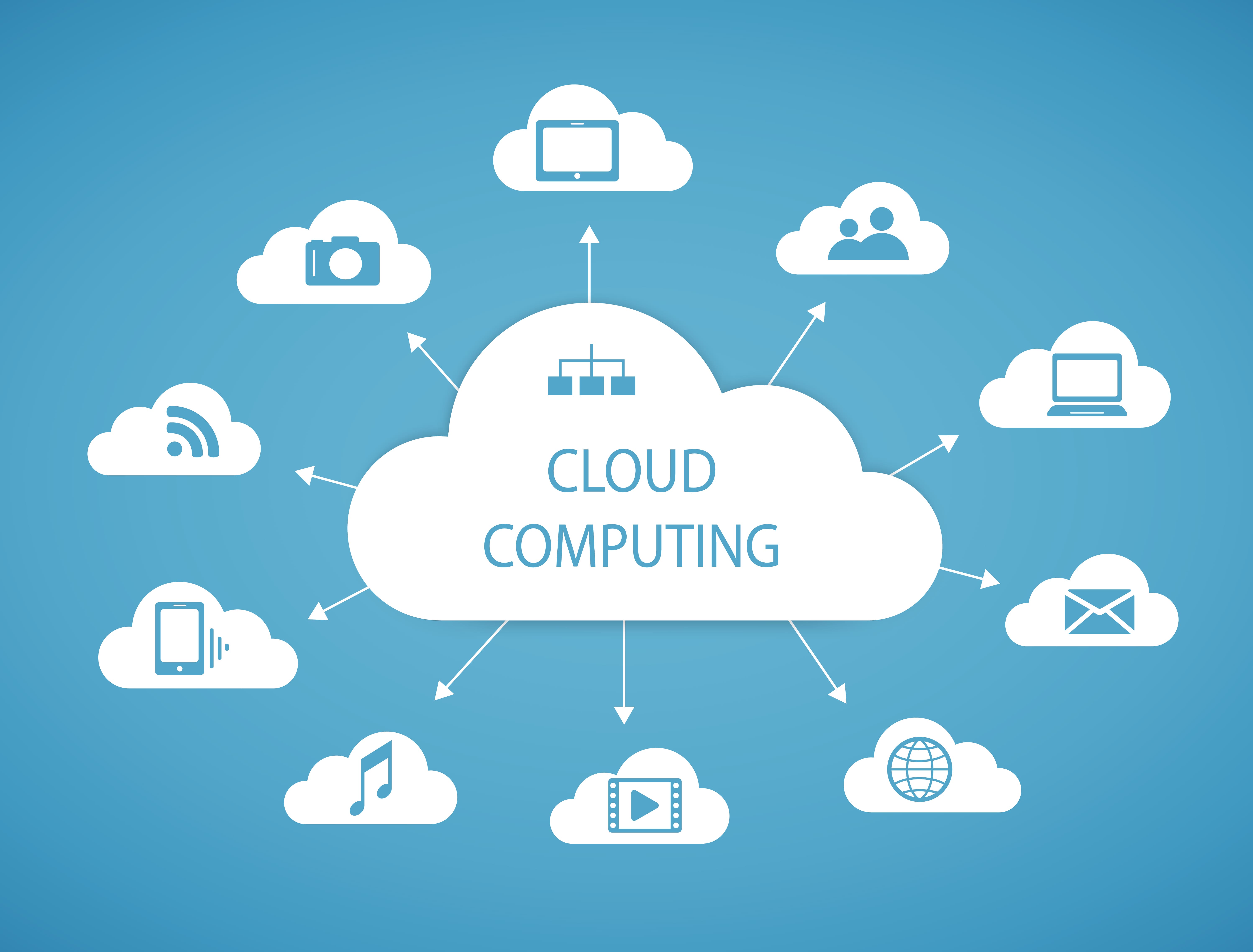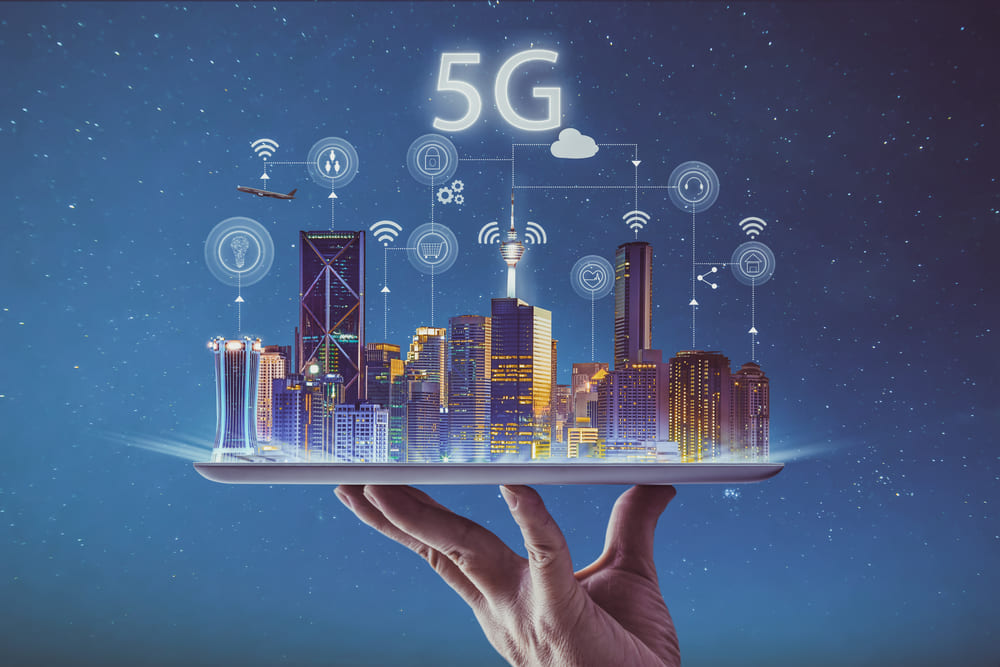
Noteworthy Technology Predictions 2020: Get Ready for New Trends

With a new decade ahead of us, tech leaders are betting on different technologies to meet the constantly changing market needs.
Considering the fast pace of changes in technologies, it’s hard to foresee what the tech scene will look like 5-10 years from now. The only thing we can say for sure: organizations have to be ready for what will happen in the future. In this article, we will go over technology predictions for 2020 that stood out to us.
Mobile and web development
We believe that three elements are noteworthy this field – Native, cross-platform development and progressive web applications.
Native apps will be in-demand, while cross-platform development will decline. Despite the advantages of cross-platform development, native apps excel at user experience and performance. Cross-platform development is a cost-effective option to develop software since you only need to hire one team. Yet the end-product will require continual tweaking to keep up with the platform changes.
Backed up by Gartner, the 2020 prediction for web development trends is that Progressive Web Apps (PWA) will replace 50% of all consumer-facing native apps. The reason is that PWA allows to create websites with a seamless experience, similar to both traditional web and mobile apps. PWA can converge the best features of a website and an app, which will facilitate higher conversion and user experience.
Ubiquitous RPA adoption
The embrace of robotic process automation (RPA) is unlikely to fade in the new year.
RPA is a good solution for many enterprises looking to increase efficiency by automating redundant processes. Rather than hiring a team to do repetitive tasks that don’t require making decisions based on critical thinking, more and more organizations begin to count on bots to cope with them. This allows organizations to upskill their workforce to drive digital transformation.
Technology predictions for the future: Cloud computing

Cloud computing is a forefront trend in tech since AWS S3 introduction in 2006. Fast forward to 2025, 80% of organizations will eventually move their storage to the public cloud. Today, many companies are using cloud as a secondary data center and a slew of companies has already shifted to the cloud.
Predictions for 2020: Hybrid cloud will be in demand. Many companies will leverage private cloud that can be switched to the public cloud to make the most of this technology. Some popular solutions will be the capacity to switch between outside resources like AWS and Google Cloud. Most likely this model of using the cloud will become the most widespread one.
Cloud security will be the top priority. This year, we’ve seen major cloud breaches that put personal data of millions of users at risk and cost companies millions in fines. This will inspire many companies to overhaul their security policies. Therefore, 2020 may be the year we will take a huge leap towards data protection and security. The steps may involve implementing more stringent policies to motivate users to create more secure passwords and implementing mandatory two-factor authentication.
Intelligent automation
This one is more than a come-and-go tech trend. Intelligent automation winds up to the convergence of process automation with AI and machine learning. The rise of intelligent automation is partially caused by the liabilities of the rule-based RPA. As such, we are likely to see the integration of AI powered intelligent automation with RPA. It will certainly let organizations discover new ways of collaboration between the digital and human workforce. In general, intelligent automation is poised well to take the digital leap in 2020 and will bring value to the organizations that focus on digital transformation.
Future technology prediction: Microservice architecture will prevail
This year was marked by the rise of microservice architecture, and we are likely to see this trend become mainstream very soon. One reason for it is that microservices suit Cloud Native. Even though many companies still prefer the traditional (monolithic) architecture, the advantages of microservices are hard to come by. In 2020, this technology promises a wider range of features. As such, microservices will be more capable of handling everything that a product requires.
5G increases connectivity

Thanks to the low latency and quicker loading times, 5G has the potential to provide capabilities that weren’t imaginable before. This technology is going to bring about new products, services, as well as new business models and industries.
Case in point, the wide use of IoT in smart cities and self-driving vehicles coupled with 5G comes will evoke the need for next-generation infrastructure. As such, we can say that 5G will lay the foundation for an entire ecosystem of connected devices. While it may be years before we see it in action, the baseline infrastructure is being deployed and by 2025 the number of IoT devices is expected to reach 22 billion.
5G will also impact the smartphone industry. Next year, Apple, as well as Samsung and Xiaomi, are planning to roll out their smartphones with 5G range support. However, we cannot assume that it will secure 5G devices sales growth. For it to happen, users need a guarantee that they will receive a much better experience than they already have with 4G.
Mixed reality
AR and VR technologies have been named among “the most promising technologies” for a few last years. In the next year, all three technologies, AR, VR, and MR will become more mainstream. Although they are being widely used in the entertainment industry, these technologies will find viable applications in small and mid-sized businesses. One of the reasons behind the emerging demand is that a growing set of giant companies have already adopted this technology. Think Sephora, Nike, IKEA, and Walmart among others. To stay competitive would mean for companies to be among early adopters in their respective markets.
AI software development
AI is one of the fastest-growing industries. More and more wearable devices powered by machine learning algorithms will appear on the market. Yet, AI will not only shine in this area. In the new year, another AI induced function will be on the rise: Chatbots. The integration of chatbots will let companies take care of their customers in real-time, which eliminates the need for a devoted team.
AI is now more accessible than ever before. In the new year, it promises fewer expenses and more accurate algorithms. As such, we can make a bold future technology prediction: 2020 will be the year is AI hits the mainstream. AI-based tools will be more niche, which wasn’t possible ever before because of the lack of data and the need for heavy investment. As a result, we are likely to see the growing set of various AI tools. AI will also augment the capabilities of existing products like cameras and TVs.
The rise of virtual teams
The new year will keep proving that work is not a place but a thing you do. In the ongoing war for talent, we will see tech leaders go beyond traditional offices by engaging remote talent. Managing large distributed teams will challenge them to ensure the effective use of collaboration tools.
Our team at NCube can provide expert guidance in building your own virtual software development team in Ukraine.
Contact us if you plan to extend your in-house team.
Recommended articles


